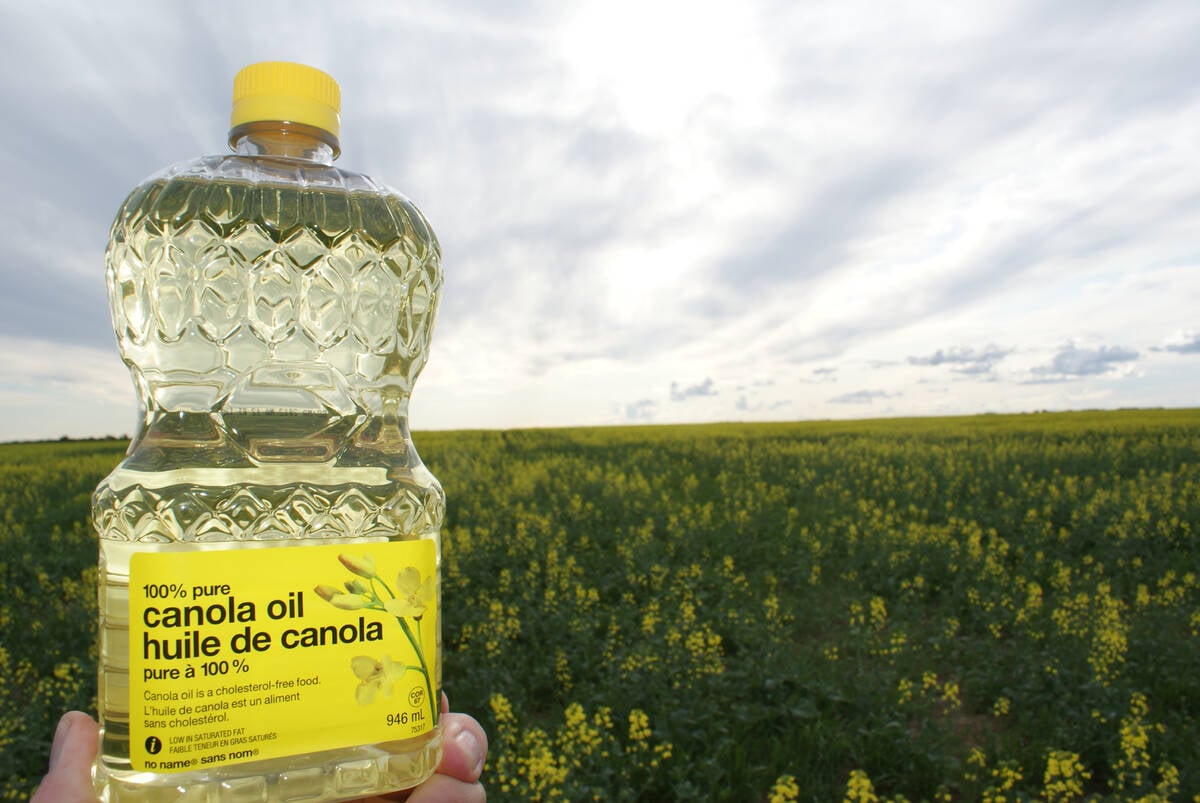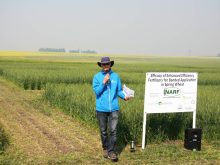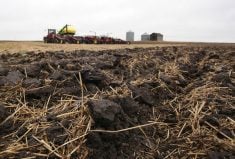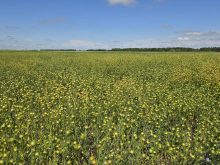Southern hemisphere crops are in generally good shape, which means a good supply of grain will be going to market from places such as Australia.
“They’re doing better,” World Weather Inc. analyst Drew Lerner said about the situation in Australia, which suffered a drought last year in western regions.
“We still have not restored the moisture that was lost in the last year of drought, but we have gotten enough precipitation to plant some of the wheat, barley and canola.”
Read Also

Rising vegetable oil demand may offset bad biofuel news
Global biodiesel/renewable diesel production is expected to decline for the first time in a decade. Bad timing for a canola industry looking for new markets.
The situation is also OK and improving in Argentina, another major producer and export competitor of Canada’s.
“The wheat country in Argentina is in fairly good shape,” said Lerner.
The La Nina weather phenomenon plagued production in Australia last year, creating dry conditions and a small crop in the west and too much rain in the east, leading to a large, but low grade crop. It also caused problems in Argentina, but it is too early to tell if La Nina will recur.
Winter crops have done well across most of the southern hemisphere, and spring crops are being seeded or about to be seeded in good conditions.
The better conditions give farmers in the state of Western Australia the chance to grow double the crop they
did last year, but the potential nine million tonne harvest would be less than one million tonnes above the 2009 crop of 8.1 million tonnes.
Timely rain has given farmers in Western Australia what they needed to keep growing crops in good condition and prepare soil for seeding.
Many in the northern hemisphere remember images of epic flooding in eastern Australia last year, but Lerner said farmers are now facing the opposite problem.
“It’s been a while (since they got rain),” said Lerner. “Their water tables are high. Their water reserves are high. But from a topsoil perspective, in areas that don’t irrigate, they need more moisture.”
In June, the Australian Bureau of Agricultural and Resource Economics estimated the seeded wheat area would rise seven percent to a record 35.3 million acres in 2011-12.
Assuming average seasonal conditions, Australia’s production could be 26.2 million tonnes, just short of the record 26.3 million tonnes harvested in 2010-11, ABARES said. Its next report is due in September.
In Argentina, two of the main wheat regions in the north have received timely rain, allowing crops to develop and providing good conditions for crops that are still to be seeded.
Dryness worries were alleviated by showers in Cordoba, while in Buenos Aires, which produces half the Argentine wheat crop, rain delayed seeding but provided essential seed bed moisture.
Argentine soybean and corn crops have been harvested and are much better than many feared late in 2010, when La Nina was raging. Rain in early 2011 allowed the crops to be planted and solved many of the lingering dryness problems.
Crops in many parts of the southern hemisphere were ravaged by the La Nina effect in 2010, with droughts hitting some areas and torrential rain hitting others.
Lerner said the southern crop situation looks good now, but it is too soon to say if the weather phenomenon will recur.
“That’s still a few weeks away before it will occur, if it appears.”















